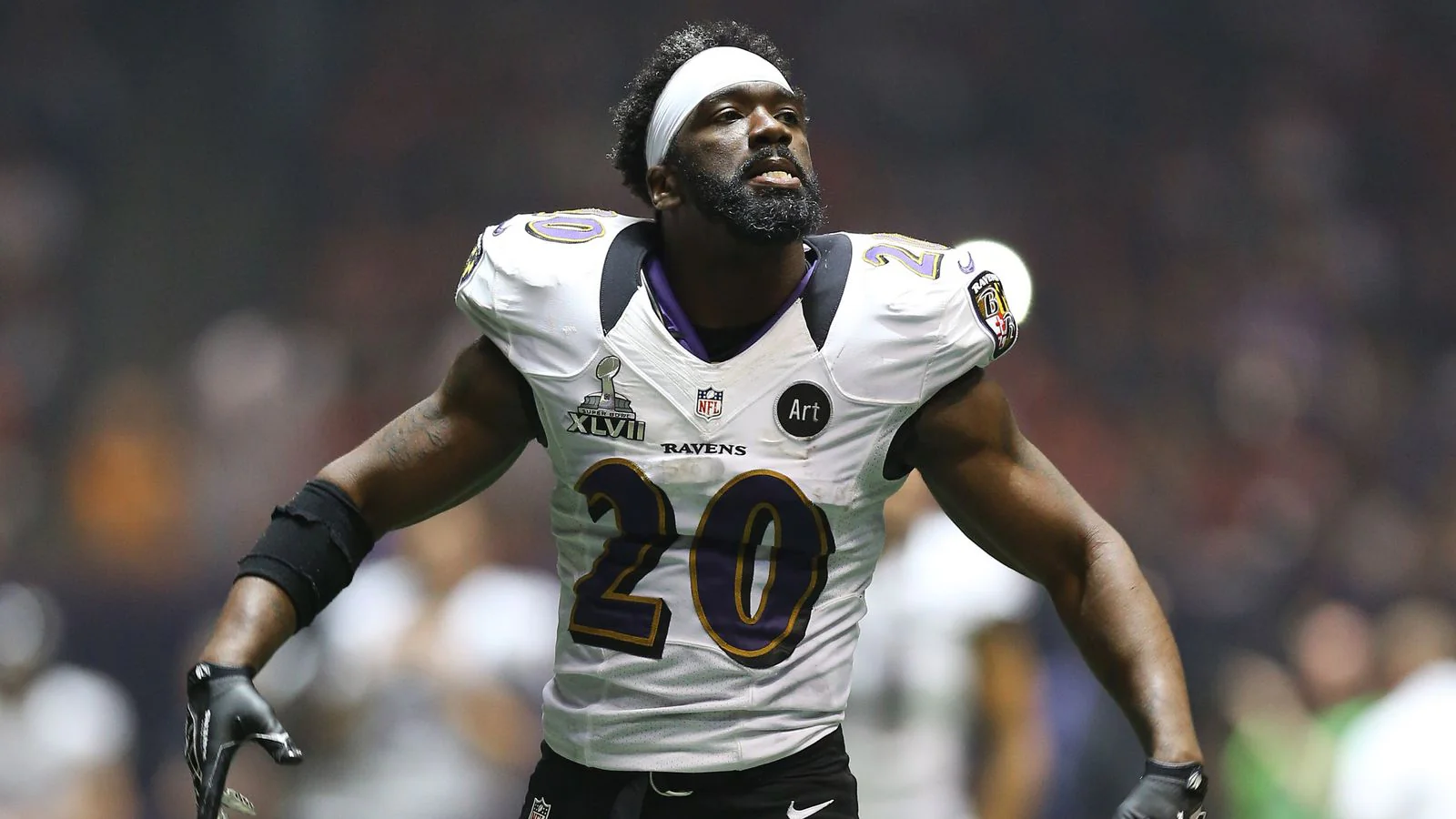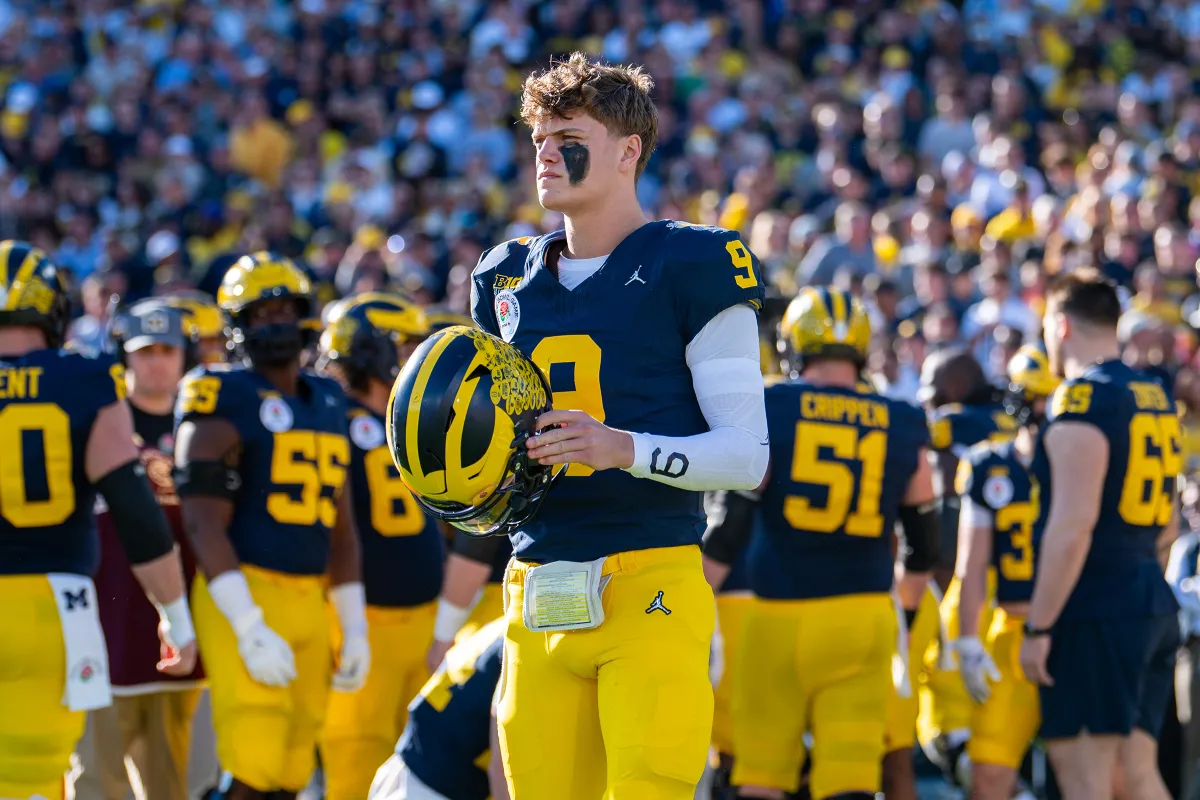I. Introduction
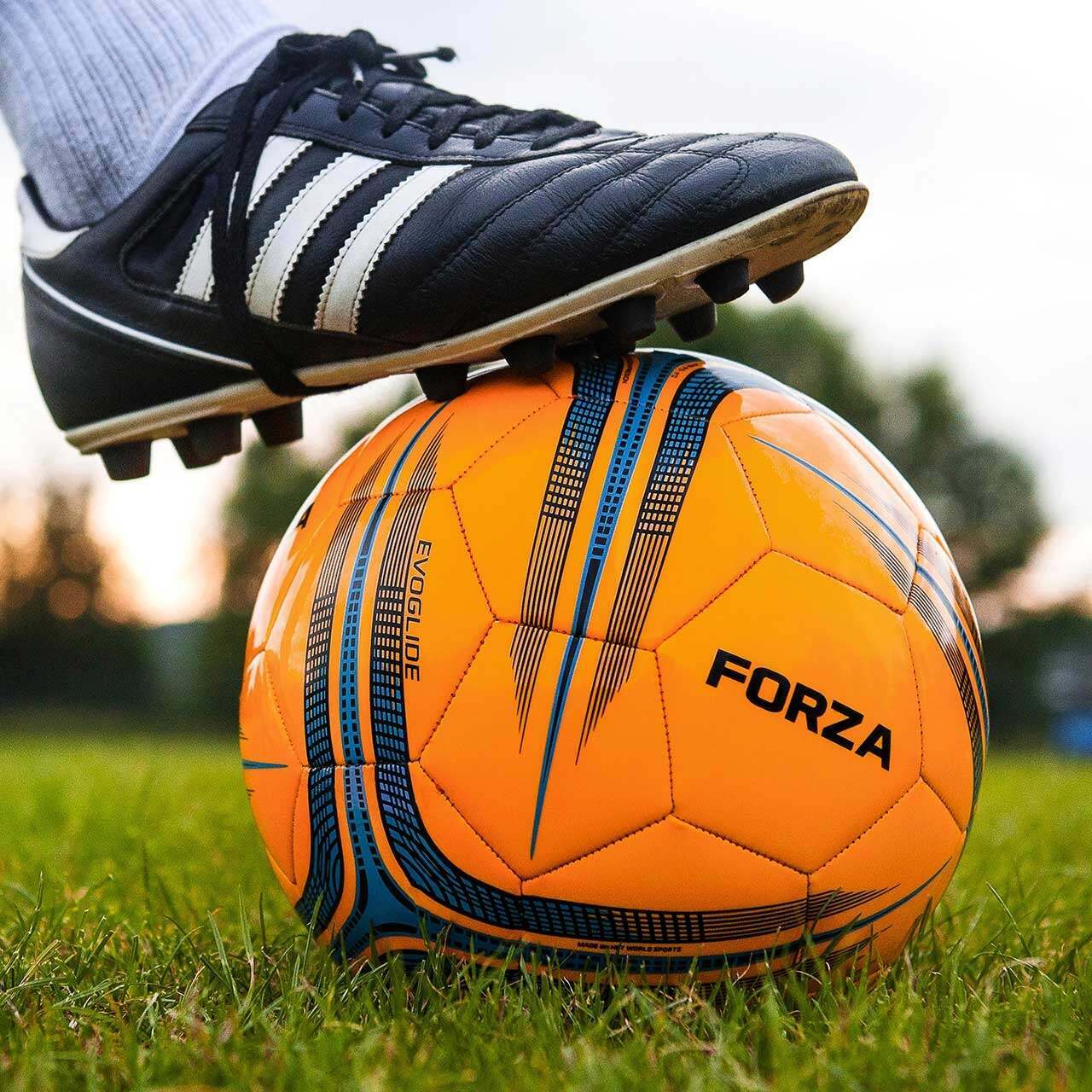
A. Importance of proper gear in football
Proper gear is crucial in football as it provides protection for the players and helps prevent injuries. Football is a physical sport with a high risk of collisions and impacts, which can lead to serious injuries if players are not properly equipped. Wearing the right gear ensures that players can play to their best ability while minimizing their risk of harm.
B. Overview of the essential equipment
In football, there are several essential pieces of gear that every player should have. These include headgear, upper body protection, lower body protection, and appropriate footwear. Each of these elements plays a vital role in keeping players safe and comfortable on the field.
II. Primary Gear for Football Players
A. Headgear
- Helmet
The helmet is arguably the most important piece of equipment in football. It protects the player’s head from direct impacts and reduces the risk of traumatic brain injuries. Helmets should fit properly and be regularly inspected for any damages or defects.
- Face mask
The face mask attaches to the helmet and protects the player’s face from impact and potential facial injuries. Different styles of face masks are available, and players should choose one that provides the desired level of protection while allowing for adequate visibility.
B. Upper Body Protection
- Shoulder Pads
Shoulder pads are worn to protect the player’s shoulders, collarbone, and upper chest. They absorb and distribute the force of impacts, reducing the risk of shoulder and collarbone injuries. Shoulder pads should fit properly and be customized to the player’s position and body size.
- Chest Protector
Chest protectors are additional padding that attaches to the shoulder pads and provides extra protection for the player’s chest and sternum. They are particularly important for players in positions that involve frequent contact, such as linemen and linebackers.
- Rib Protection
Rib protectors are padded attachments that can be worn under or over the shoulder pads to protect the player’s ribs from impacts. They are especially important for players who have previously suffered rib injuries or are susceptible to them.
C. Lower Body Protection
- Thigh Pads
Thigh pads are worn to protect the player’s thighs from direct impacts, preventing muscle contusions and fractures. They usually come as detachable pads that can be easily inserted into specially designed pockets on the player’s pants.
- Hip and Tailbone Protection
Hip and tailbone protection consists of padded shorts or extra padding that offers cushioning to the player’s hips and tailbone. This gear is particularly important for players in positions that involve frequent tackles and falls, such as running backs and defensive backs.
- Knee Pads
Knee pads provide protection and support to the player’s knees, reducing the risk of knee injuries and providing cushioning during impacts. These pads are usually made of foam or gel and can be worn as separate pieces or integrated into the player’s pants.
D. Footwear
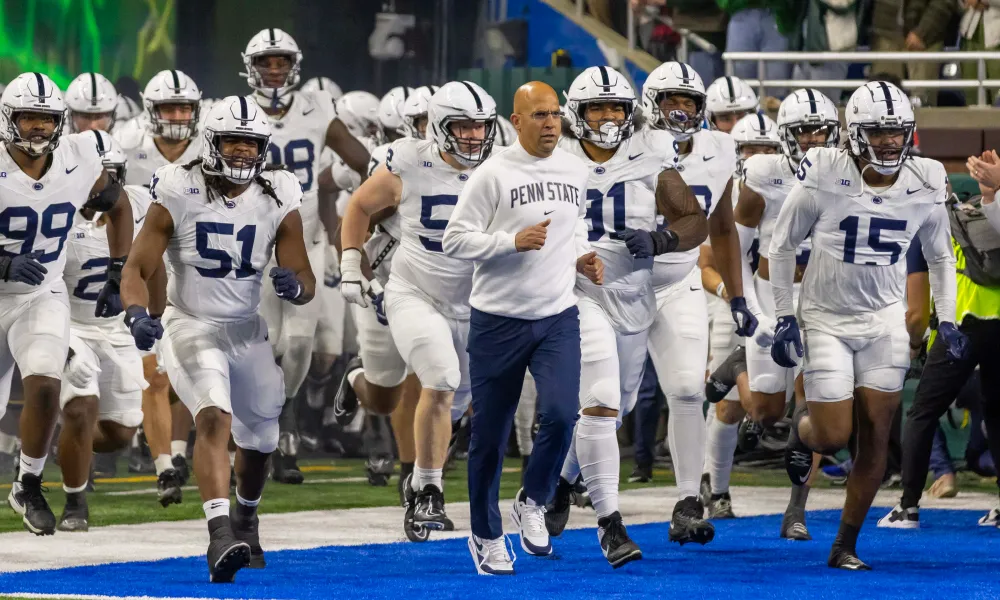
- Cleats
Cleats are specialized shoes with protrusions or studs on the sole that provide better traction on the field. They help players maintain stability and prevent slipping, enhancing their performance and reducing the risk of lower body injuries.
- Socks
Socks may seem like a minor part of a player’s gear, but they play a significant role in preventing blisters and providing additional support. Football socks are often made of moisture-wicking materials and may have extra padding in high-impact areas such as the heel and toes.
III. Additional Accessories and Equipment
In order to ensure maximum protection during sports activities, it is essential to have the right gear. Beyond the basic equipment such as helmets and pads, there are several additional accessories and equipment that can further enhance safety. In this section, we will discuss various accessories such as gloves, mouthguards, eye protection, and neck rolls.
A. Gloves
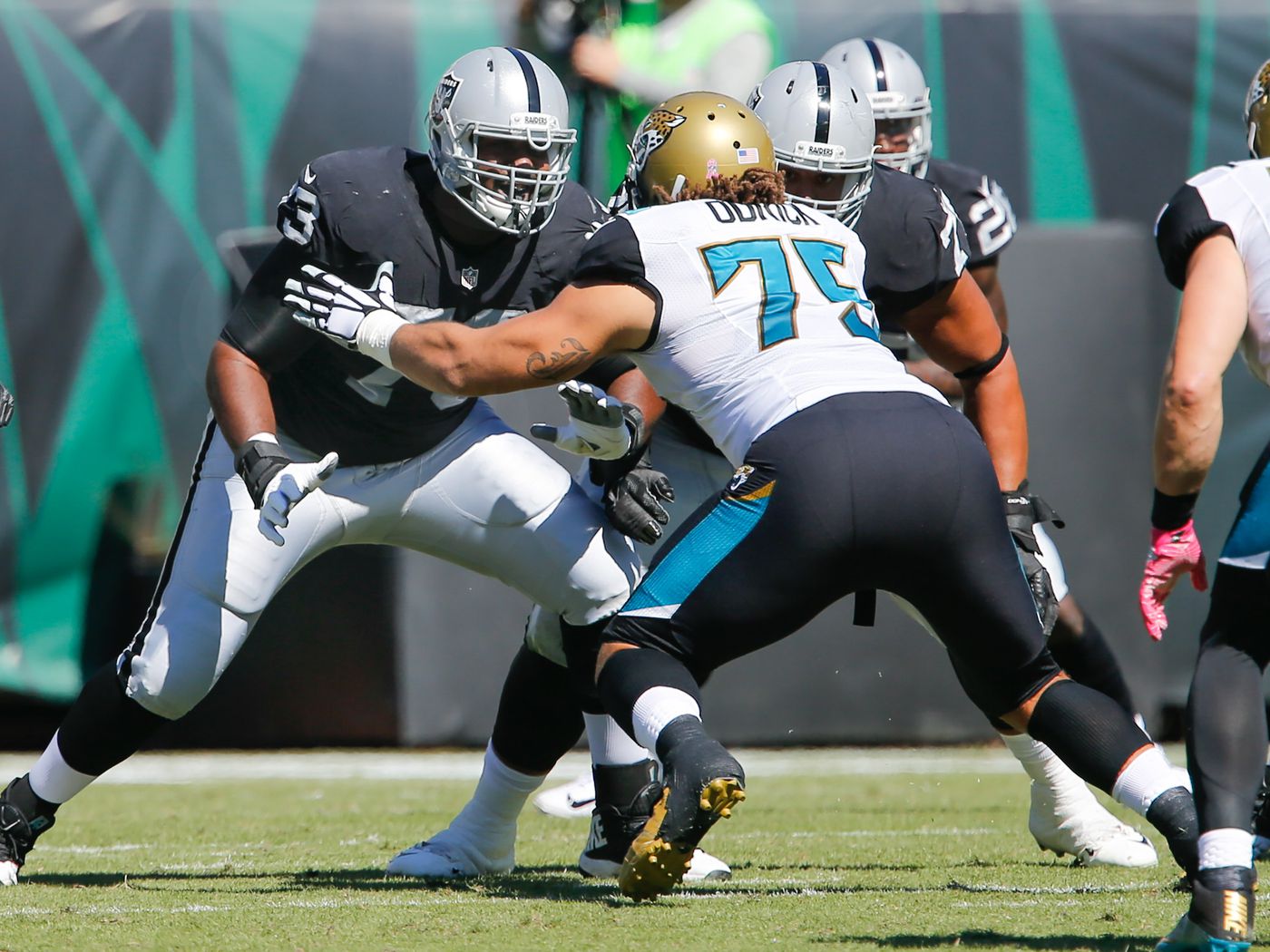
Gloves serve multiple purposes in sports. They provide grip and control, which is crucial in activities such as football, baseball, and cycling. Additionally, gloves offer protection to the hands and fingers from injuries such as abrasions, cuts, and fractures. When choosing gloves, it is important to consider factors such as material, fit, and durability. Different sports require different types of gloves, so it is imperative to choose gloves that are specifically designed for the sport you are participating in.
B. Mouthguard
Protecting the teeth, gums, and jaw is extremely important in any contact sport. Mouthguards help absorb and distribute the impact of blows to the face, reducing the risk of dental injuries, concussions, and jaw fractures. They also provide a soft cushion between the upper and lower teeth, preventing them from clashing together during sports activities. When selecting a mouthguard, it is crucial to choose one that fits properly and provides adequate protection. There are three types of mouthguards available: stock mouthguards, boil and bite mouthguards, and custom-fitted mouthguards. Consulting with a dentist or orthodontist can help you determine the right type of mouthguard for your needs.
C. Eye Protection
Sports such as basketball, racquetball, and hockey involve fast-moving objects that can pose a great risk to the eyes. Eye protection, such as goggles or face shields, can prevent eye injuries caused by impact or contact with objects. It is important to choose eye protection that is specifically designed for the sport you are participating in. Additionally, make sure the eyewear provides a comfortable fit and does not obstruct your vision. Regularly inspect and replace eye protection if it becomes damaged or worn out.
D. Neck Roll
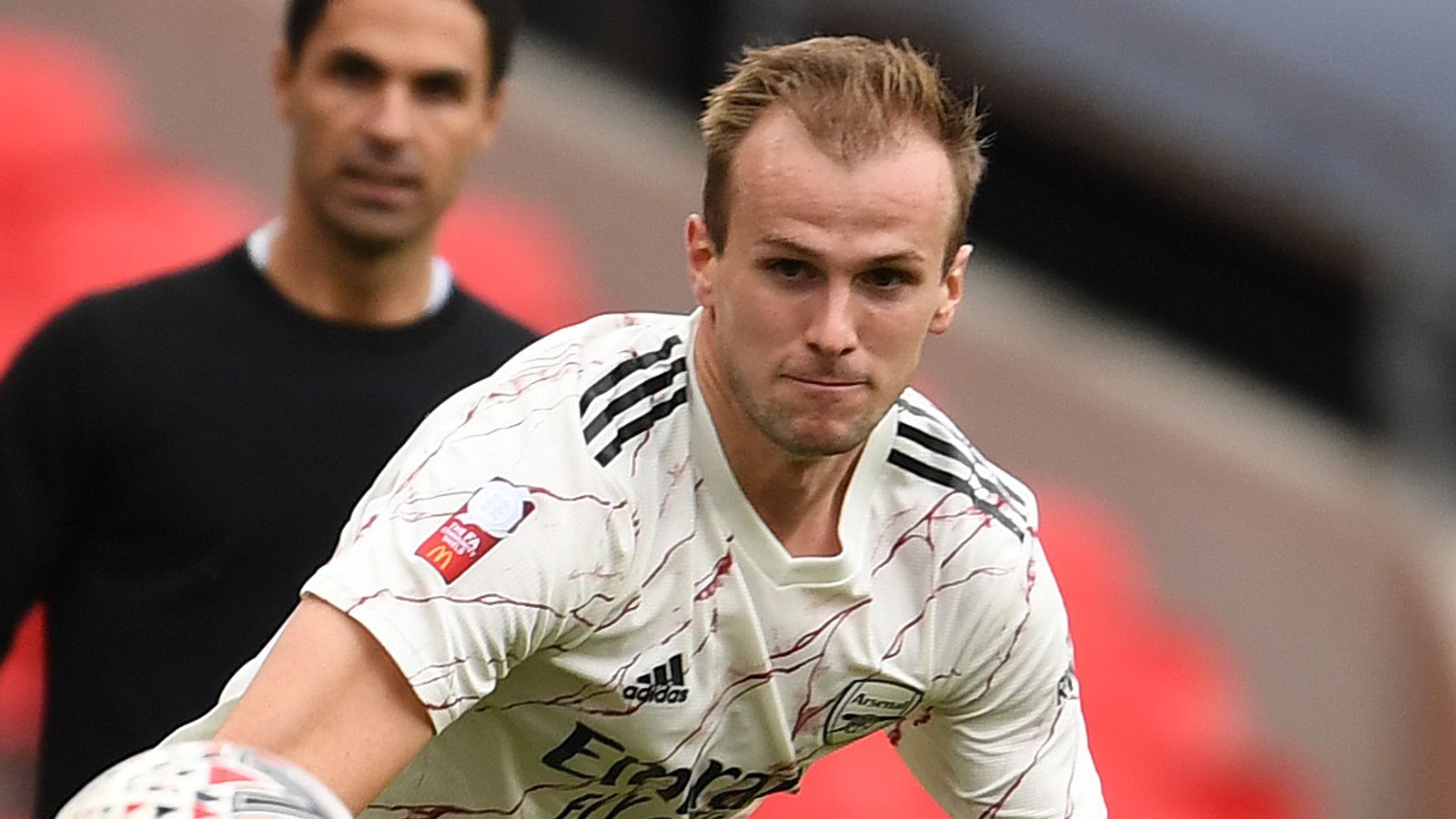
In contact sports, protecting the neck is of utmost importance. Neck rolls, also known as neck collars or neck protectors, are worn by athletes to provide additional support and cushioning to the neck and cervical spine. They help reduce the risk of whiplash injuries and stabilize the neck during impacts. Neck rolls are typically made of foam or other impact-absorbing materials and are secured around the neck with adjustable straps. When selecting a neck roll, ensure that it fits comfortably and does not restrict movement or breathing.
IV. Choosing the Right Gear
While having the appropriate gear is essential, it is equally important to choose the right gear. In this section, we will discuss the importance of proper fit, understanding safety standards and certifications, and consulting with coaches and experts.
A. Importance of Proper Fit
Properly fitted gear not only enhances performance but also ensures maximum protection. Ill-fitting equipment can be uncomfortable, restrict movement, and reduce the gear’s effectiveness. When choosing gear, take accurate measurements and refer to size charts provided by manufacturers. Make sure the equipment fits snugly but allows for proper movement and flexibility. If possible, try on the gear before purchasing to ensure the best fit.
B. Understanding Safety Standards and Certifications
Different sports have specific safety standards and certifications that manufacturers must comply with. These standards ensure that the equipment meets specific safety requirements and is designed to minimize the risk of injuries. Look for gear that adheres to recognized safety standards, such as those set by the National Operating Committee on Standards for Athletic Equipment (NOCSAE) for helmets or the American Society for Testing and Materials (ASTM) for protective eyewear. These certifications indicate that the gear has undergone rigorous testing and meets the necessary safety criteria.
C. Consulting with Coaches and Experts
When it comes to choosing the right gear, it is always helpful to seek advice from coaches and experts. Coaches can provide valuable insights into the specific gear requirements of a sport and can guide you in selecting the appropriate equipment. Experts such as sports medicine doctors, orthopedic specialists, or certified athletic trainers can offer professional advice based on their expertise. Consulting with these individuals can help you make informed decisions regarding the gear and ensure that you have the right equipment for optimal safety and performance.
In conclusion, additional accessories and equipment such as gloves, mouthguards, eye protection, and neck rolls can provide added safety and protection during sports activities. Choosing the right gear involves considering factors such as proper fit, understanding safety standards and certifications, and seeking advice from coaches and experts. By investing in high-quality gear and taking the necessary precautions, athletes can significantly reduce the risk of injuries and participate in sports activities with confidence and peace of mind.
